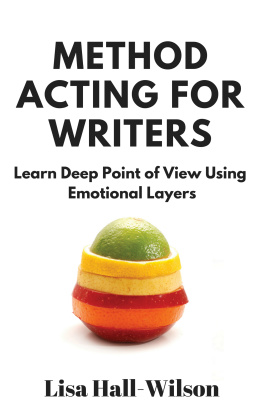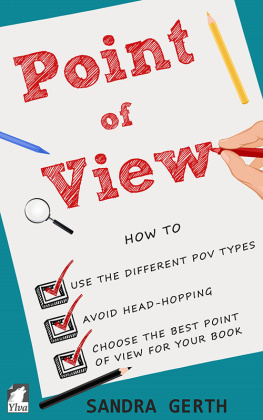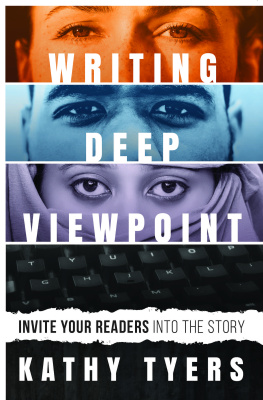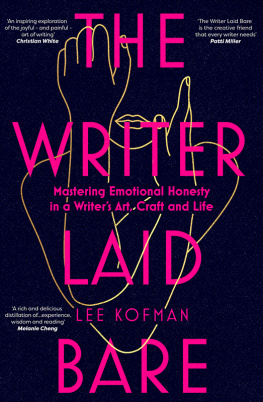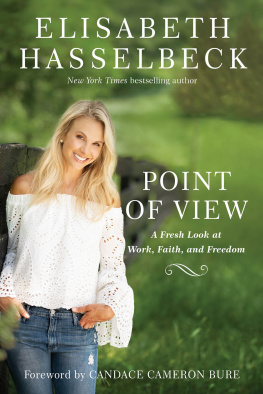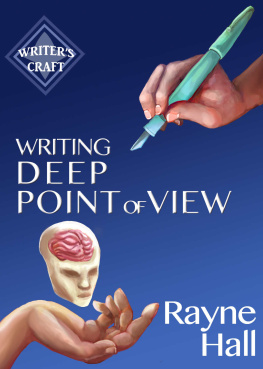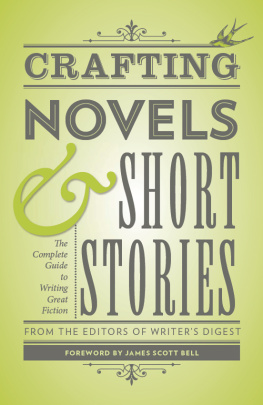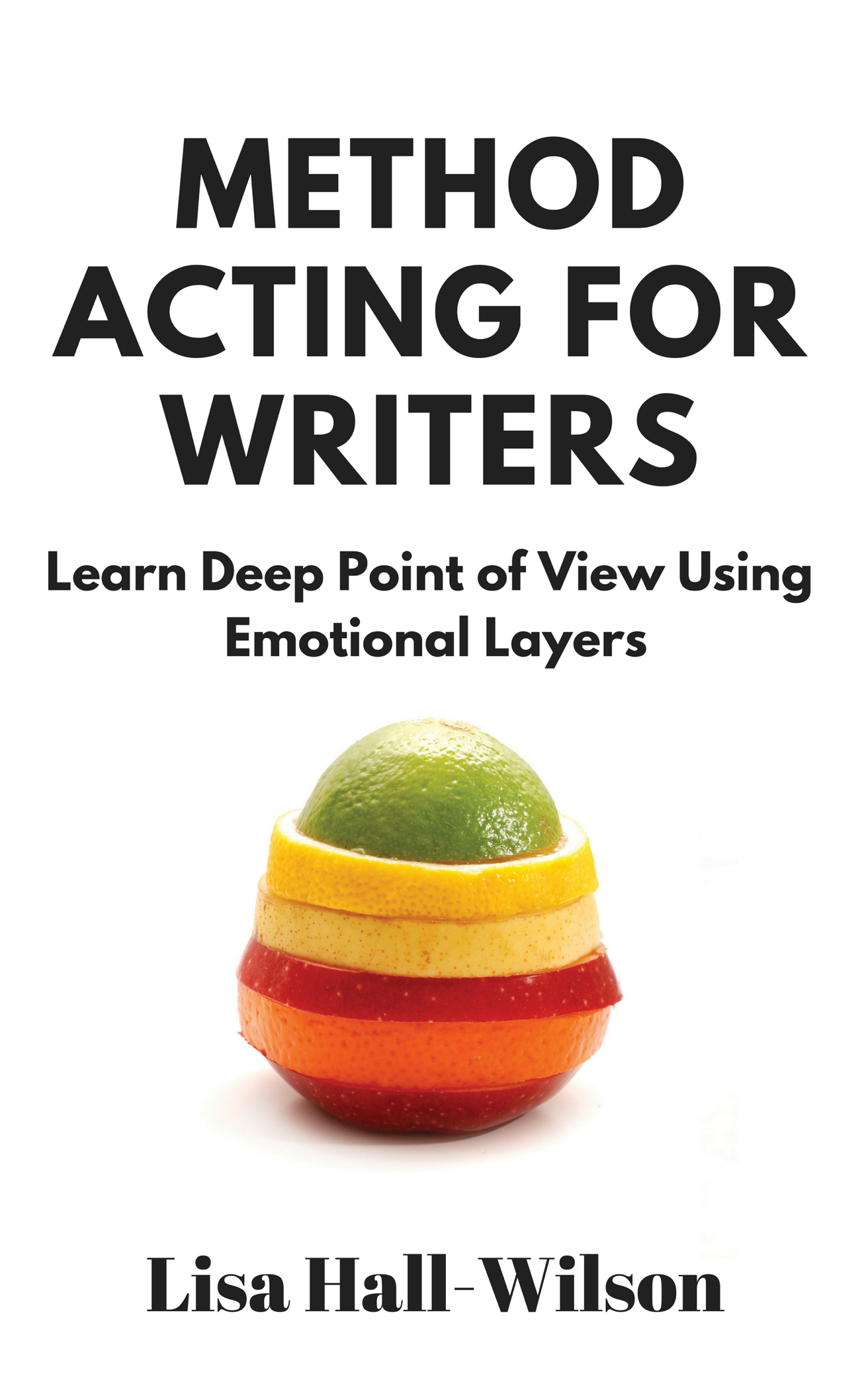
Method Acting For Writers
Learn Deep Point of View Using Emotional Layers
Lisa Hall-Wilson
Copyright 2018 by Lisa Hall-Wilson
All rights reserved. This book or any portion thereof may not be reproduced or transmitted in any way for any use including photocopying, recording, or other electronic or mechanical methods without the express written permission of the publisher except for the use of brief quotations in a book review and uses permitted by copyright law. For permission requests, write to the author at the address below.
https://lisahallwilson.com
lisa@lisahallwilson.com
Method Acting For Writers: Learn Deep Point Of View Using Emotional Layers/ Lisa Hall-Wilson First Edition
ISBN 978-0-9953238-2-7
Contents
Introduction
What Deep Point Of View Can Do For Your Writing
Are you struggling to create characters readers care about? Critique partners, editors or agents telling you to dig deeper emotionally? Do you want to write emotional arcs into your stories to keep readers engaged and turning the pages?
Deep point of view (POV) is dynamic, visceral, and immediate. The goal of this writing technique is for the writer to disappear and minimize the perceived distance between the reader and the point of view character (POVC). At the heart of deep POV is an immersive experience for the reader through an emotional connection to the character. Think of it like handing your reader a virtual reality headset. THATs how close to the action your readers want to be.
This intimate and emotive style of writing resonates with contemporary readers if youve got the guts to go there with your characters. This book will explore the ultimate write-what-you-know principle. These arent difficult skills to master, but this requires a shift in how you tell stories and sometimes those shifts dont seem intuitive.
Why Deep Point Of View?
In the early 2000s, I began to notice my favorite writers using a technique that pulled me deeper into stories than ever before. There had always been books I couldnt put down, but the frequency with which I encountered them increased exponentially. I was fascinated and did some digging. At that time, this technique was called close third person or some variation of that.
There wasnt much information out there about this technique, but the more I read the more I picked up intuitively. Fast forward five or ten years and this technique has a name: deep point of view. There are free and paid resources out there, but many cover the same basic foundational steps of this writing style making it really hard to leap frog from intermediate to advanced. Its really hard to take your writing to the next level when you dont know what you need to learn next.
Ive spent ten years going to conferences and taking workshops, reading blogs and books, talking to published authors, paying for critiques, and paying professional editors to look at my work in order to learn deep point of view. I could only ever get one small step ahead at a time. It was frustrating to be told I still didnt have all the pieces over and over, and never knew which pieces I was missing.
This book is the result of an online class Ive taught for a few years about writing in deep POV. I have a teachers heart, so Im always breaking things down to make it easier to share and teach. My goal is to equip those taking my class and get them back to writing FAST! Id rather spend my time writing than learning about writingmaybe youre like me. I want the information hard and fast.
This book is a deep dive into deep POV. Over the years, my students have helped me hone and clarify the lessons and suggest where additional teaching was needed. I continue to coach many of them online.
This book aims to give you the reasoning behind many of the stylistic choices of deep POV so youll know when to use these techniques in each of your stories, when not to use them, and how to use them to achieve specific goals or effects. This is a technique Im passionate about, so Im always blogging about the new things Im learning or breaking things down for readers in a way thats easier to understand.
This book will cover the foundational building blocks necessary for this writing technique, but then I dive deep into the stylistic choices that can really take your writing to the next level so your stories grab readers by the throat and wont let go.
Lets dive deep and go beyond basics!!
Limit Perceived Distance Between Readers And Characters
The goal of deep POV is to create an immersive and immediate reading experience. To create this effect, we need to eliminate any words or phrases that remind the reader theyre a spectator or observer whos outside the story. Deep POV is about making intentional style choices to create that fictive dream.
Create Immediacy By Writing In Real Time
We want readers to feel like theyre in the action as its happening. This is achieved by writing as if the POVC is experiencing an event or conflict in real time. Im not talking about flashbacks. Deep POV can be used equally with either past or present tense, first or third person POV (though the genre youre writing in may influence your choice. YA, for instance, often features first person POVCs). Dont write about events that have already taken place, instead write the scene as the character moves through it.
Joe ran up the stairs and threw open the door to Sallys bedroom. He couldnt believe what he saw. He ran back down the stairs and out to his truck. He had to stop her.
Readers want to see what Joe saw, understand the implications of what he sees AS Joe realizes it himself. They want to know how he feels about this, whats he afraid of? Why does this cause him to run for his truck? The way its written above theres no urgency. Theres nothing to cause the readers to lean in and feel Joes tension.
Each time you remind readers that no matter whats about to happen your character is fine, then whatever trouble they get into wont have readers leaning forward in anticipation or surprise. You wont be able to create a sense of fear or dread or betrayal if the reader knows its all going to be alright.
It all worked out for the best, but fear had coiled in her belly like a writhing snake.
Instead, take the reader on their own emotional journey as they work through the story alongside your characters. The reader wants to squirm, cringe, have their belly cramp because they dont know how this is going to turn out. They want to FEEL something. This is done with stylistic choices. The POVCs emotions and internal dialogue must convey an immediate sense of tension, uncertainty, fearwhatever it is, in a way that the reader perceives its happening right now. Avoid summarizing, skimming over, or offering narration that will undermine the tension.
Id read the article and my stomach churned in response.
This would be more powerful if the reader was aware of what caused the character such turmoil, but as its written the painful part is already over. Theres no reason to lean in. Instead of summarizing an event, take the reader through it.
I reread the date on the article three times. How had I missed this? Brian? My hand covered my throat. No. I dont believe it. Murder?
In the rewrite, the tension is more evident and the POVCs confusion is clear. The action is immediate and the reader knows everything the POVC does. Lets try another example:
Shawn walked through the house, shocked at what he saw. His mothers journal had been destroyed.
Next page
